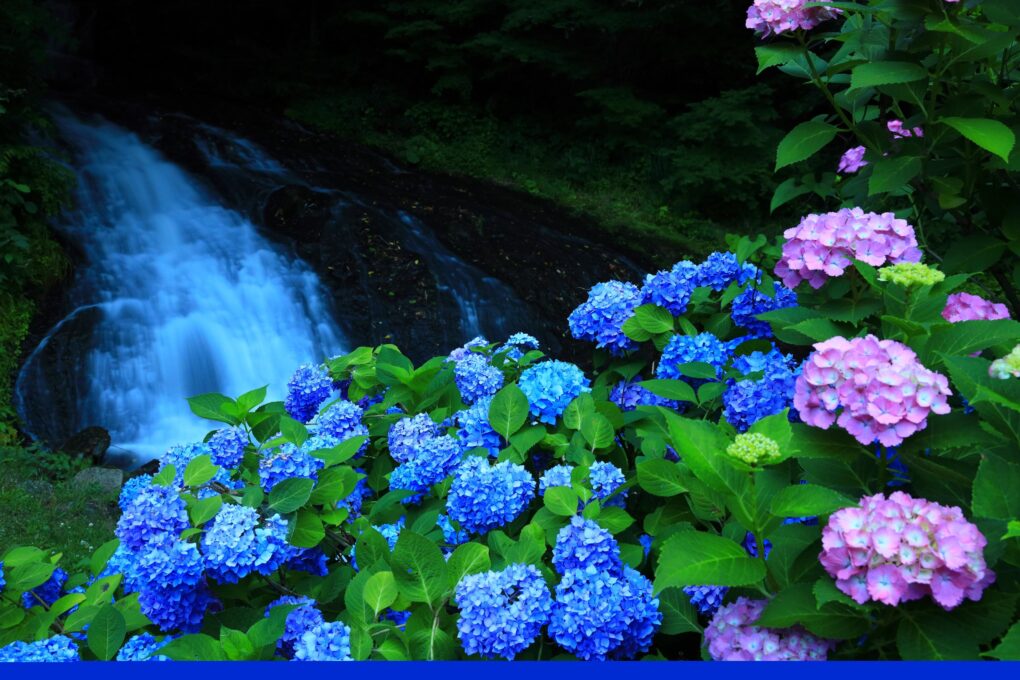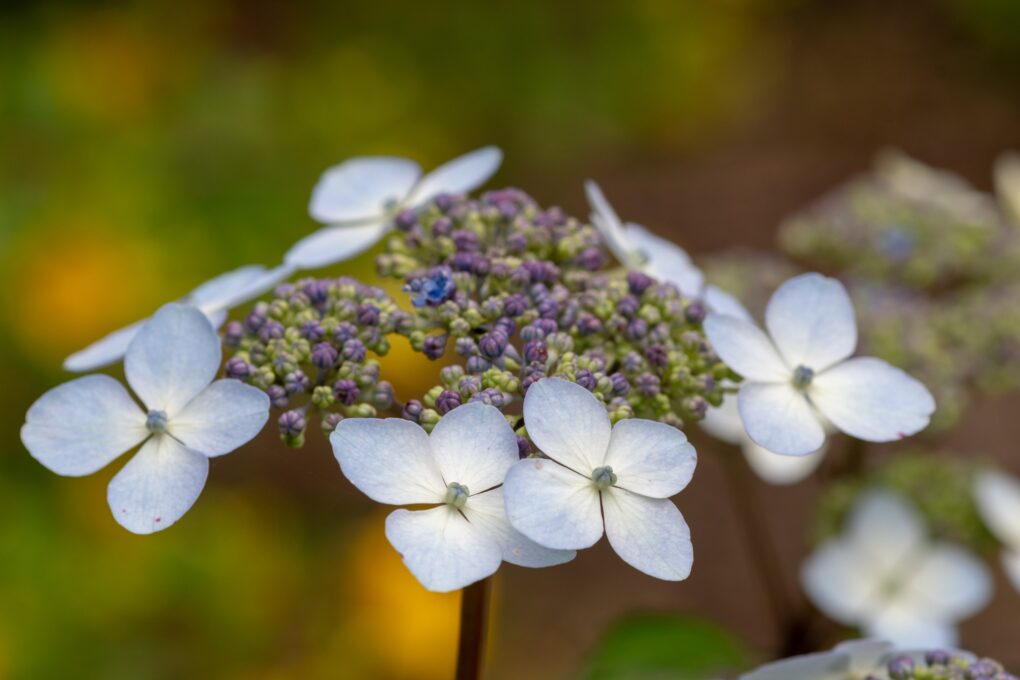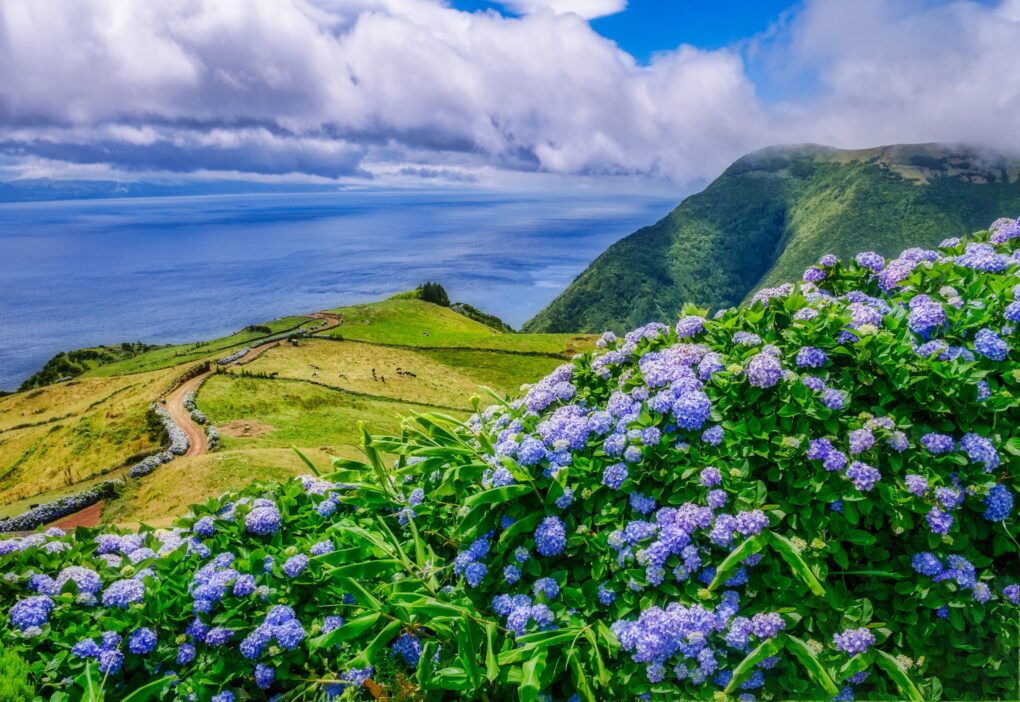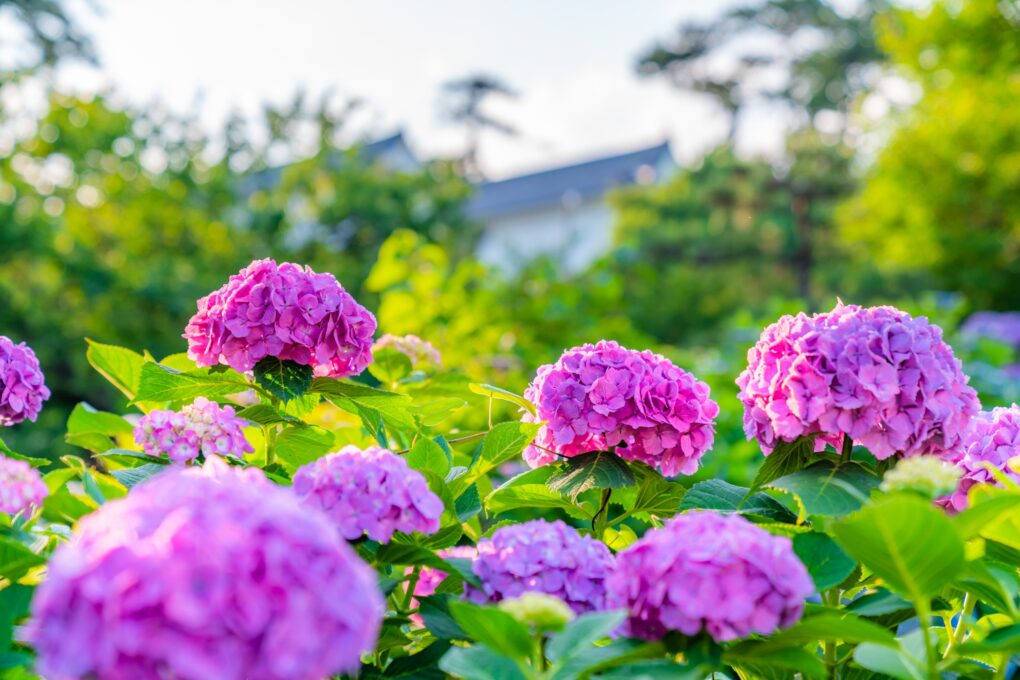Origins of Hydrangeas: Tracing the Roots of this Popular Flower
Hydrangeas are a popular flowering plant known for their large, showy blooms. They are commonly used in gardens and as cut flowers in floral arrangements. But where did these beautiful plants originate from?

Hydrangeas are native to Asia and the Americas, with the greatest species diversity in eastern Asia, particularly in China, Korea, and Japan. Many of the most popular hydrangea varieties in the United States and Canada hail from Asia.
Hydrangeas have a long and interesting history, with fossil species dating back over 23 million years. They have been mentioned in poems composed during Japan’s Nara Period and were brought to Hangzhou, China, during China’s Tang Dynasty. They were carried throughout continental Asia, eventually reaching Europe and the Americas.
Table of Contents
History of Hydrangeas

Hydrangeas have a long and fascinating history that spans continents and centuries, here is a brief overview of their origins and spread worldwide.
Origins of Hydrangeas
Hydrangeas are believed to have originated in Asia, specifically in Japan and Korea. Fossil records show that hydrangeas have existed for millions of years, with some specimens dating back to 65 million years ago. These ancient hydrangeas were likely very different from the ones we know today, but they laid the foundation for the evolution of the modern-day plant.
Hydrangeas in Asia
Hydrangeas have a rich history in Asia, where they have been grown and admired for centuries. In Japan, hydrangeas are known as ajisai and a beloved summer symbol. They have been featured in art, literature, and poetry for centuries, with many Japanese poets penning odes to their delicate beauty.
Hydrangeas also have a special place in Korean culture, known as “sool-jjuk,” which means “a flower that grows by the water.” In Korea, hydrangeas are associated with femininity and grace and are often given as gifts to express admiration and appreciation.
Hydrangeas in Europe
Hydrangeas didn’t make their way to Europe until the 18th century, when they were brought back from the Pennsylvania colony by a man named Peter Collison. The plant was given the name “hydrangea” for the Greek words “hdyro” (meaning water) and “angeion” (meaning pitcher) because the big flower blooms were thought to look like water pitchers.
Hydrangeas quickly became popular in Europe, grown in gardens and greenhouses for their showy blooms. Today, hydrangeas are a beloved plant worldwide, and they continue to captivate gardeners and flower enthusiasts with their stunning beauty and rich history.
Types of Hydrangeas

Hydrangeas come in a variety of types and each has its unique characteristics. Here are some of the most common types of hydrangeas:
Bigleaf Hydrangeas
Bigleaf hydrangeas, also known as French hydrangeas, are the most popular hydrangea. They are native to Japan and are known for their large, showy blooms. Bigleaf hydrangeas have two subtypes: mophead and lacecap. Mophead hydrangeas have large, round flower heads while lacecap hydrangeas have a flatter flower head with small, delicate flowers around the edges. They prefer partial shade and moist, well-drained soil.
Smooth Hydrangeas
Smooth hydrangeas, also known as wild hydrangeas, are native to the eastern United States. They have large, round flower heads that can range in color from white to pink. They prefer full sun to partial shade and moist, well-drained soil.
Panicle Hydrangeas
Panicle hydrangeas, also known as peegee hydrangeas, are native to China and Japan. They have cone-shaped flower heads that can range in color from white to pink. They prefer full sun to partial shade and well-drained soil.
Oakleaf Hydrangeas
Oakleaf hydrangeas are native to the southeastern United States. They have cone-shaped flower heads that can range in color from white to pink. They are known for their large, oak-shaped leaves that turn a beautiful red in the fall. They prefer partial shade and moist, well-drained soil.
Climbing Hydrangeas
Climbing hydrangeas are native to Japan and Korea. They are known for climbing walls, fences, and trees. They have white, fragrant flowers that bloom in the summer. They prefer partial shade and moist, well-drained soil.
Cultivation and Care of Hydrangeas

Hydrangeas are popular ornamental shrubs that can be grown in various climates. They are relatively easy to care for and can be grown in various soil types. Proper planting, watering, fertilizing, pruning, and pest control are all important factors in successfully cultivating hydrangeas.
Planting Hydrangeas
Hydrangeas prefer well-drained soil that is rich in organic matter. They should be planted in a location that receives partial sun, with some shade during the hottest day. It is best to plant hydrangeas in the spring or fall, when the weather is mild and the soil is moist.
Plant hydrangeas twice as wide as their root ball, making sure it is level with the soil surface. After planting, water the hydrangea thoroughly and add a layer of mulch around its base to keep it moist.
Watering and Fertilizing Hydrangeas
Hydrangeas require regular watering, especially during hot, dry weather. Depending on the weather and soil conditions, they should be watered deeply once or twice a week. Therefore, it is important to avoid over-watering, as this can lead to root rot and other problems.
Fertilizing is also important for the health of hydrangeas. They should be fertilized in the spring and again in the summer with a balanced fertilizer high in phosphorus. This will help promote healthy growth and abundant blooms.
Pruning Hydrangeas
Pruning is important for maintaining the shape and size of hydrangeas and promoting healthy growth and abundant blooms. The best time to prune hydrangeas is in the late winter or early spring, before new growth appears.
The type of hydrangea will determine the best pruning method. For example, bigleaf hydrangeas should be pruned to remove dead or damaged wood, while panicle hydrangeas can be pruned back to the ground to promote new growth.
Common Pests and Diseases of Hydrangeas
Hydrangeas are relatively pest and disease resistant but can be susceptible to a few common problems. These include:
- Aphids: These small insects can be controlled by spraying the plant with a strong stream of water or using insecticidal soap.
- Powdery mildew: This fungal disease can be prevented by planting hydrangeas in a location with good air circulation and avoiding overhead watering.
- Canker: This fungal disease can be prevented by pruning out infected branches and avoiding overhead watering.
Regular monitoring and prompt treatment of problems can help keep hydrangeas healthy and beautiful.
